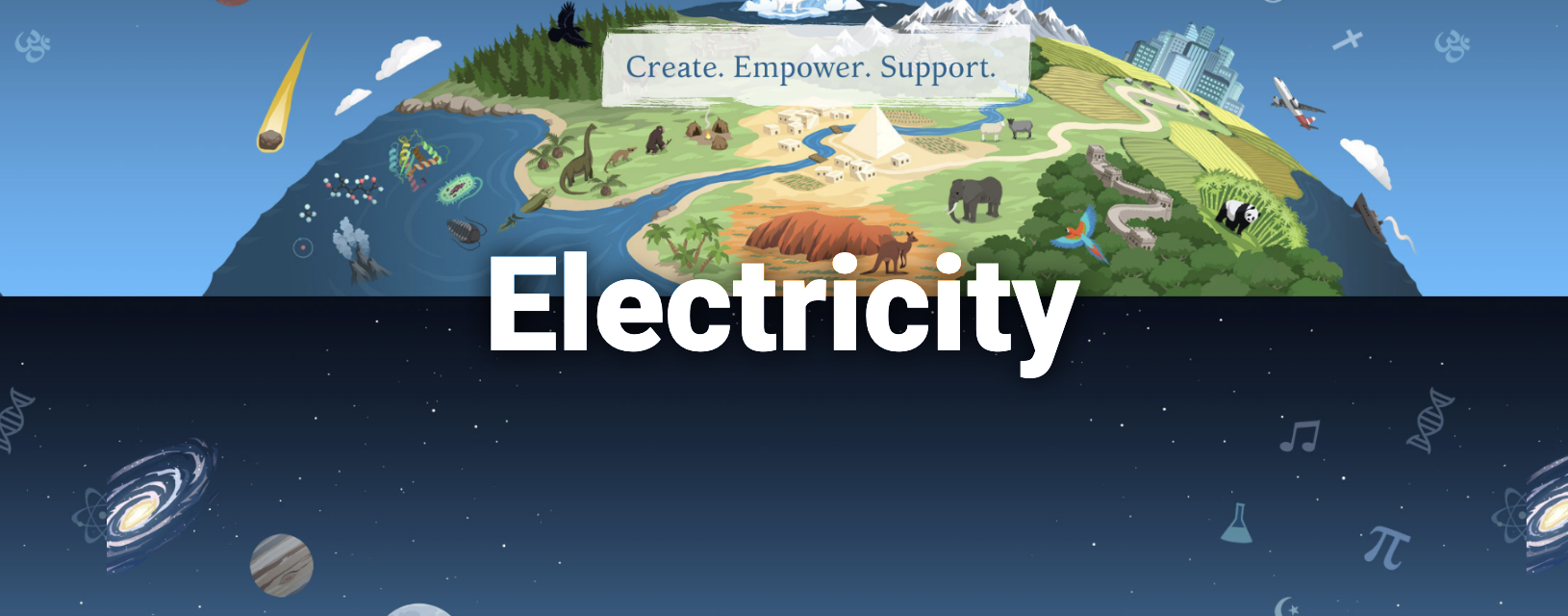
Curriculum Expectation
Overall Expectation
C1. Evaluate the impact of the use and generation of electrical energy on society and the environment, and suggest ways to use electrical energy responsibly.
Specific Expectation
C1.1. assess the short- and long-term impacts of electrical energy generation technologies in Canada on society and the environment, including impacts on First Nations, Métis, and Inuit communities, and on climate change.
C1.2. assess choices that reduce personal use of electrical energy from both renewable and non-renewable sources, and advocate for the responsible use of electrical energy by the school community.
Resources
Learning Objectives/Big Idea
Understand that electrical energy plays a significant role in society, and its production has an impact on the environment.
Binogi Related Resources
- COMBINED HEAT AND POWER GENERATION (CHP)
- RENEWABLE ENERGY SOURCES
- BOOKS BY BINOGI – CURRICULUM & TEXTBOOK ALIGNMENT
- BINOGI WEBSITE
Vocabulary
The following Bilingual and Add Your Language Glossary Sheets include terms from Binogi’s Renewable Energy Sources and Combined Heat/Power Generation Videos in English or French, with a column for students to add the words in their languages.
- English-Mandarin
- English–Urdu
- English-Persian
- English-Arabic
- English-Turkish
- English-French
- English-Add your own language
- French-Add your own language
Activity: Minds-on/Action
Compare the generation of electricity using fossil fuels vs nuclear power. Use the Venn diagram to list the similarities and differences in how they impact the environment.
Interactive Game
Activity: Consolidation
If you could be any source of energy that generates electricity, which one would you be and why?
Flipped Classroom
Students are assigned to watch the Binogi video, Combined Heat and Power Generation, prior to the lesson. (Make sure students have an access to internet). Then, they record at least 1 question and 1 interesting/surprising fact they learned from the video to share with the class Padlet or Scrumblr.
Language Friendly Pedagogy
Students can use the Concept Detective table to understand new concepts they are learning. They may include a description in English or a language of their choice. They can draw a picture or add an image to explain the meaning of one of the concepts they learned.